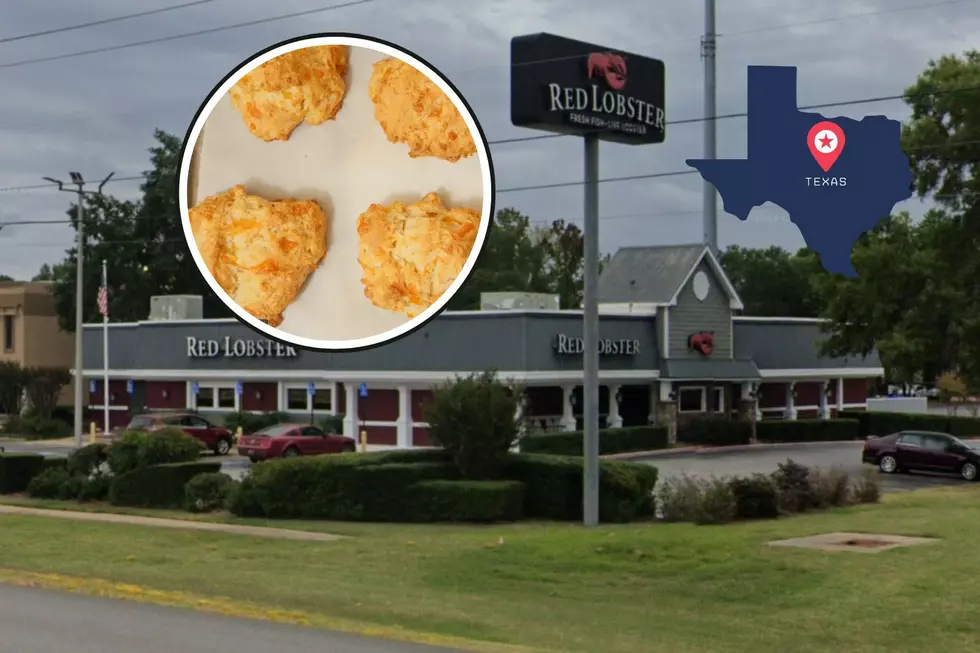
Top 6 Historical Places To Visit in Tyler – Texas
The City of Tyler is known for having many special historic landmarks. Six of which include: Camp Ford, Marvin United Methodist Church, Tyler Municipal Rose Garden, Carnegie Library Building, Oakwood Cemetery, and The 1881 Smith County Jail. I had the privilege of visiting these six places and capturing pieces of our rich history. Come, lets walk through history together.
Camp Ford is a historic park
that was originally a Confederate training camp. It soon after became the largest Confederate Prisoner of War Camp west of the Mississippi River during the American Civil War. The camp was started in August of 1863 and ended in May of 1865. At one point there were over 5,300 prisoners detained there. My son and I went to the park recently and discovered what life was like for the prisoners.
The park includes a kiosk with graphics to detail the history of the camp. We walked through the whole trail and I was captivated by the beauty of what was once a place of darkness. I think Smith County did a wonderful job of replicating the original site of the camp. This place is open to the public and is worth the trip.
The Tyler Municipal Rose Garden is home to over 450 different kinds of roses spread out over 14 acres. This garden was established in 1952 as a push to place "Tyler Rose" into national prominence. The Rose Garden is where the annual Texas Rose Festival is held, which first started taking place in 1952. The Rose Garden not only offers a nice place for families to take pictures, it also is known for providing a beautiful wedding.
As I walked through the trails of roses, I saw an older couple holding hands in front of me, a family dressed up in pink taking family photos, and a man and woman having a picnic. This place is the ultimate illustration of exquisiteness.
The Carnegie Library Building was granted to Tyler by the funds of a man named Andrew Carnegie. It was opened in 1904 and served as Tyler's public library until 1980. The Carnegie building is now an amazing museum full of historic items that tell the story of the Caddo Indians and life in the twentieth century and is part of the Smith County Historical Society. I was fascinated as I walked through the different rooms, each telling their own silent story. I walked into this building not knowing what to expect, but I walked out with great respect and gratitude -- knowing and understand Americas' history is so important.
I will be bringing my son with me next time I go back to the Carnegie building, which will be very soon!
Oakwood Cemetery is the original cemetery established by a man by the name of John Lollar. In 1846 he purchased 5 acres of land for burying purposes.
A few years later he sold the land to John Patterson. The cemetery has lost many markers over the years. The oldest marker that still remains is that of a 4 year old boy named P.M Scott, who died in 1852.
Visiting grave yards doesn't sound that appealing, but one with such great history sounded like a cool learning experience to me, so I headed out there.
The cemetery is a resting place for many notable people. Governor Richard B. Hubbard and his family, a number of Tyler pioneers, and Confederate Soldiers. This really is a commendable site.
The Marvin United Methodist Church was established in 1848 and is the oldest congregation in Tyler and Smith County. In the early spring of 1848, preachers and Methodist citizens formed the first denominational church in Tyler.
A couple of months later they bought a lot on Bois d'Arc Street. They later purchased another lot on Erwin and Bois d'Arc for a new sanctuary. The new church was named Marvin Methodist Church in 1891 in honor of Bishop Enoch Mather Marvin, a Confederate States of America chaplain who impressed East Texas with his powerful sermons. This church really is full of rich, historic beauty.
The 1881 Smith County Jail was constructed in 1880-1881 as the third Smith County Jail. The structure was the first public building erected in the county after the Civil War. It was used as a jail until 1916. A former jailer, Jefferson Y. Lewis bought the jail and turned it into a hotel . In 1992, Randall Gilbert restored the property to it's present appearance and turned it into law offices. The original jail cells sit outside the building as a piece of history left behind.
More From KKTX FM









